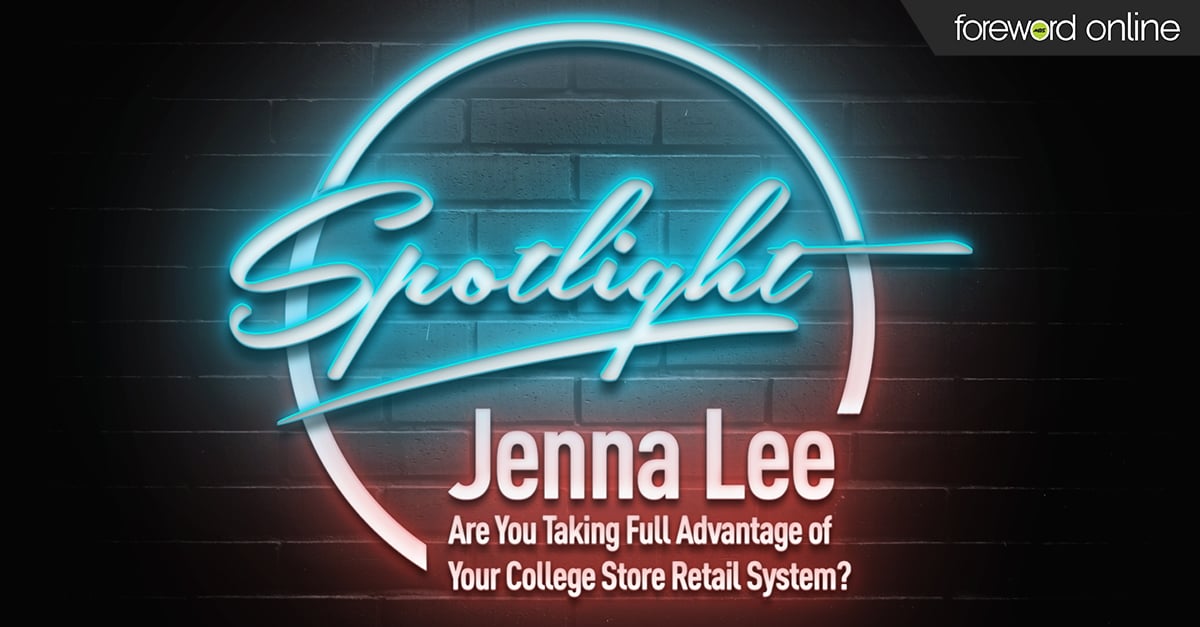Text messaging, email, website, phone, mail, apps, chat, social media, advertisements, in the age of information communication shouldn’t be difficult. The many options for how we speak with one another haven’t made communication simpler. Instead, they have created a cloud of noise that is difficult to maneuver through. How can you ensure your message reaches your specific audience?
The best way to communicate with a specific group depends on who your audience is. Getting information to baby boomers isn’t the same as reaching millennials or Generation Z. A college campus is focused on the latter two, but even that doesn’t offer a clear or easy answer. Technology changes and evolves. The “it” social media of today is tomorrow’s “has been.” Everyday there is potential for a new start-up to change the collective focus to a new medium and businesses have to be equally adaptable.
It wasn’t so long ago that social media was heralded as the best way to get your message out, but with multiple platforms, it’s hard to target and reach an intended audience. In 2011, people predicted SMS text messaging was going to be replaced by apps, but in 2017 SMS is growing while 90% of time on phones is spent in apps — popularity isn’t mutually exclusive.
The three best ways to reach millennials and Generation Z
- SMS text messaging
There’s a lot to be said for the staying power of text messaging. Favorite social media platforms and apps come and go, but texting is a staple — and one that is generally underused in marketing. Text messaging comes with impressive statistics: 90% of text messages are read within three minutes, millennials exchange about 109 texts a day and texting is their preferred method of communication from businesses. SMS is reliable in a way emailing isn’t. Spam filters, and the ease with which addresses are changed, make it simple for your communication to be missed or ignored. Whereas, SMS is reliable, easy to opt in and out of and has a high open rate. Text messaging campaigns can be used effectively in multiple areas on campus, whether it is the campus store communicating sales or buyback deadlines or for recruitment and increasing enrollment numbers.
However, nothing is perfect. SMS communications requires the student to opt-in to receive communications from the college. Too many text messages will be annoying and burdensome, so they should be used sparingly as part of a larger campaign. Not all students will be receptive to receiving texts from businesses.
- Apps
Americans check their phone more than 8 billion times a day and with 90% of that time spent in apps, it’s a hard market to ignore. Having an omnichannel presence is important. You have a physical location and a website, but if you don’t also have an app available, you are a missing an opportunity. An app gives you the ability to reach your entire student population in a non- invasive manner. Smart beacons can be utilized through the app to alert students about events when they are nearby. Notifications can be pushed to their phones with important deadlines and an app can provide easy access to useful information. All of this enhances the customer experience by simplifying the student’s life.
However, apps also have their own drawbacks. Space on a cell phone is a limited commodity. If students don’t find your app useful, they won’t use it or they’ll delete it. You will have no way of knowing how many people you are actually reaching through an app. Also, it is worth mentioning that it is predicted by 2019 20% of companies will abandon their apps. - Chatbots
Chatbots are something everyone has probably encountered at some point on the internet. They are that little chat window that pops up when you are on a site, introducing itself and asking if it can help you. Sometimes they’re pesky, like a fly buzzing around you, and other times they are extremely helpful. In 2015, 1.4 billion people interacted with a chatbot. The AI trend is growing in popularity, bringing another level of customer service to websites by being able to answer simple questions day and night. Chatbots can even learn based on previous conversations. Their potential is exponential and continues to grow as AI is researched and developed. Already these bots are being used to provide proactive customer interaction, customer insight, personalized marketing and increased engagement. The technology hasn’t been used widely long enough to have a clear picture of what the drawbacks will be. While the pop up can be vaguely annoying if you don’t want help, they probably won’t change your overall experience with the website. However, if one catches a customer at the right time, it could make the customer’s experience that much better.
Finding ways to connect with students will be an ongoing discussion. Younger generations are quicker to adopt and adapt to new technologies, meaning a business who deals primary with young consumers has to be willing to try new technology as well.





